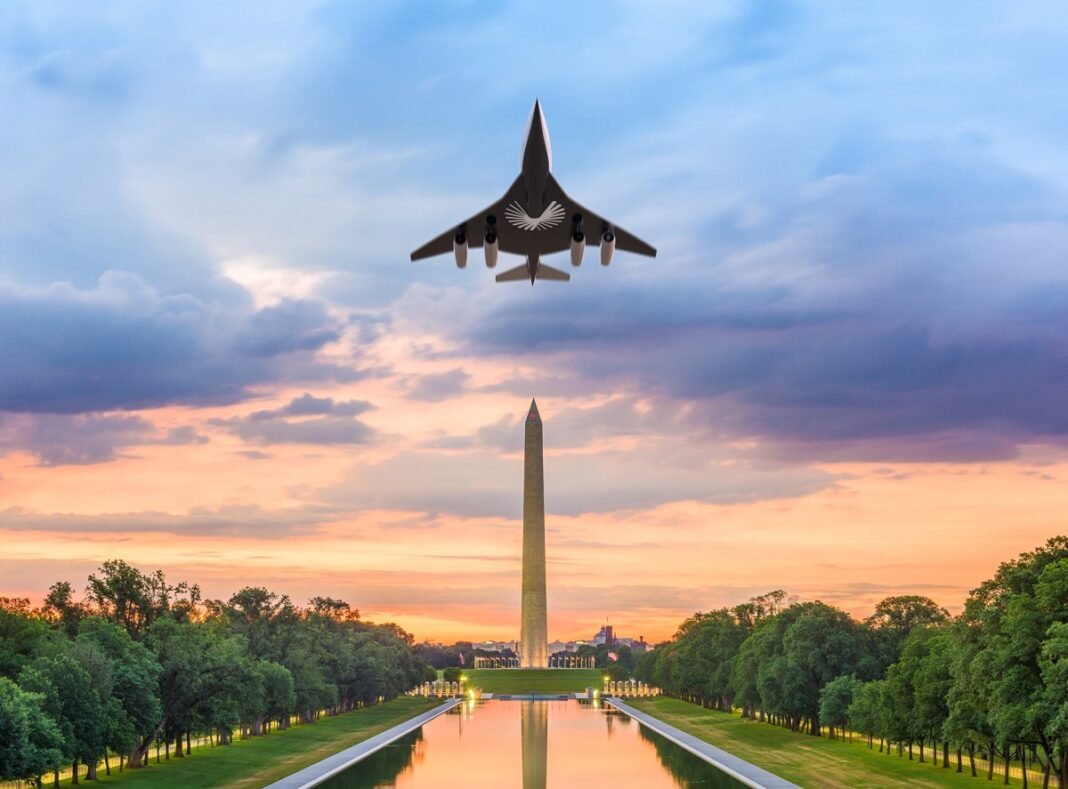U.S. Ends Longstanding Ban on Supersonic Flights Over land
After more than five decades, the federal Aviation Administration (FAA) is poised to lift the longstanding ban on supersonic travel across the continental United States.This significant policy shift follows a recent executive order aimed at updating aviation regulations to accommodate faster-than-sound flights while minimizing disruptive sonic booms that reach populated areas.
Revolutionizing Domestic Air Travel Speeds
The White House Office of Science and Technology Policy envisions a future where coast-to-coast flights-such as journeys from New York City to Los Angeles-could be completed in less than four hours.This transformation promises to dramatically shorten travel times, reshaping how Americans experiance domestic air transportation.
Accelerating Innovation in Commercial Supersonic Aircraft
The regulatory changes are expected to fuel rapid progress in commercial supersonic aviation. A notable example is Boom Supersonic’s XB-1 demonstrator, which recently became the first privately developed civil aircraft to break the sound barrier within U.S. airspace-a milestone signaling renewed momentum for supersonic technology development.
Boom’s CEO Blake Scholl highlighted that previous obstacles were largely regulatory rather than technical, expressing optimism that removing these legal barriers will pave the way for supersonic passenger services to return on global commercial routes.
Supporting Emerging Flight Technologies Beyond Supersonics
In addition to easing restrictions on supersonic travel,new executive directives also focus on advancing other innovative aviation sectors:
- Drones and Electric Vertical Takeoff and Landing Vehicles (eVTOLs): Efforts are underway to accelerate research and commercialization of drones and eVTOL aircraft,technologies expected to revolutionize urban transportation and delivery systems by offering efficient alternatives for congested city environments.
- Aviation Safety Oversight: A dedicated federal task force has been created to thoroughly review drone flight regulations with an emphasis on maintaining safety while fostering innovation amid growing unmanned aerial vehicle activity nationwide.
The Future of Flight: Quieter Skies and Smarter Airspace Integration
This multifaceted strategy represents a decisive move toward embracing next-generation aerospace innovations while addressing environmental concerns through noise certification standards tailored for future supersonic jets. Industry analysts anticipate these developments will ignite fresh competition among manufacturers eager to launch advanced high-speed aircraft capable of transforming global travel within this decade.





